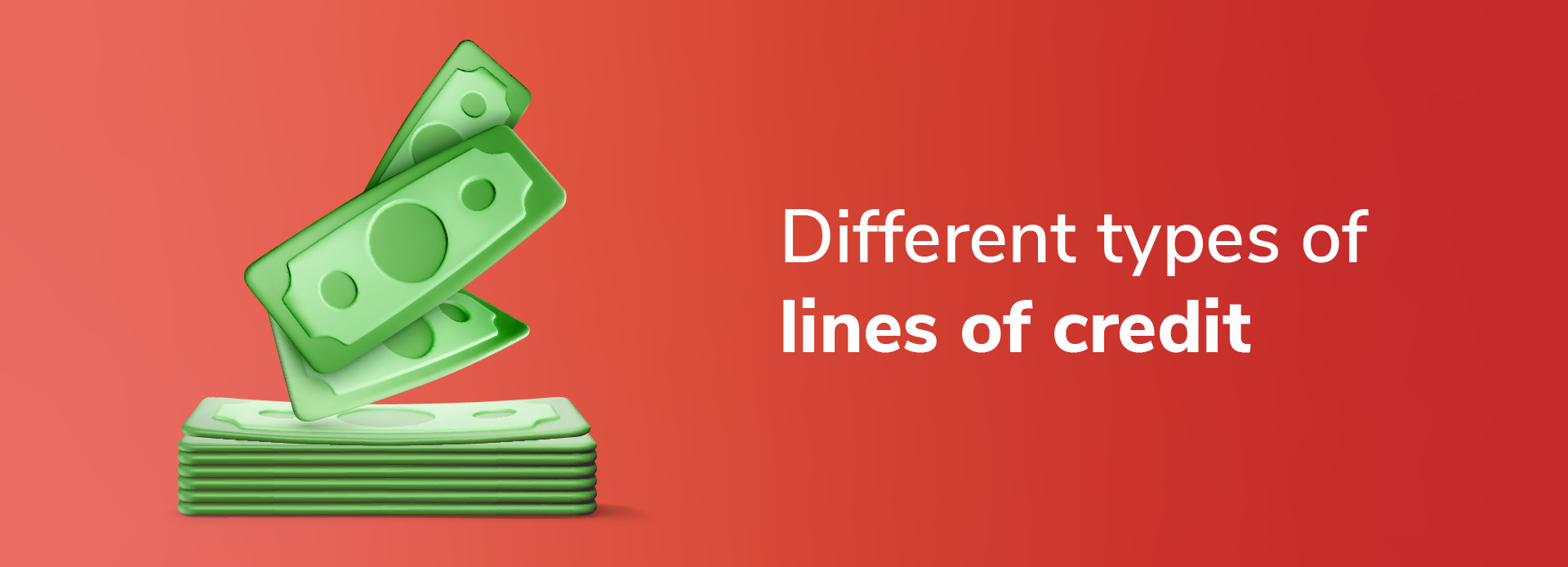
Different types of lines of credit: Which one suits your needs?
11 January 2024 | By INDIE
A bank or financial institution's line of credit is like a flexible loan. It gives a borrower the maximum amount of money they may borrow, like a credit card. The borrower can use funds from the line of credit at any time, as long as they do not exceed the maximum amount (or credit limit) specified in the agreement and follow other bank or financial institution rules, such as making regular minimum payments on time. It is an excellent financial instrument for managing cash flow and financing unexpected needs, with the added benefits of flexibility and accessibility.
Types of lines of credit
There are two types of lines of credit: secured and unsecured. Understanding the distinction between the two is critical, particularly for organizations, as it allows them to select the solution that best meets their needs.
Secured credit line
Businesses must pledge specified assets as security for a secured line of credit. Lenders use collateral, which can be assets such as machinery, firm property, or merchandise, as a security precaution. If the borrower fails to repay the debt, the lender may confiscate these assets. As collateral is included, the lender's risk lessens, which frequently results in cheaper interest rates and a higher credit limit for the borrower.
Unsecured credit line
An unsecured line of credit, however, does not require any collateral. Lenders instead evaluate a borrower's creditworthiness based on their credit history, credit score, income stability, and business financials. Given the lender's heightened risk, these lines of credit often feature higher interest rates and lower credit limits.
Choosing the best type of credit line
For whom is a secured line of credit appropriate?
Seeking cheaper interest rates and increased credit limits
One of the key benefits of a secured line of credit over an unsecured line of credit is the reduced interest rate. This is because the lender's risk is much lower when collateral is included. Furthermore, because the loan is secured by considerable assets, firms can negotiate for greater credit limits. This feature is especially useful for developing firms that require significant money to scale operations, acquire products in bulk, or expand their facilities.
Companies with physical assets
Secured lines of credit are ideal for organisations with considerable tangible assets. Companies in industries such as manufacturing or real estate might utilise heavy machinery, buildings, or land as collateral. For example, a construction company with heavy equipment or a manufacturing company with a plant and machinery can use these assets to acquire a line of credit.
For whom is an unsecured line of credit best?
Businesses that provide services and emerging industries
IT consultants, digital marketing companies, and other professional services often do not have significant physical assets to commit. These companies, on the other hand, may require capital for operating expenditures such as payroll, rent, or marketing efforts. Similarly, new-age businesses in the IT and innovation sectors frequently require financial help for R&D, software development, and growing their operations. As these requirements are more concerned with intellectual capital than physical assets, an unsecured line of credit may be a suitable financial tool.
Individuals and businesses without considerable assets
Unsecured credit lines are appropriate for organisations and people who do not have substantial assets to offer as security. This might include startups and small firms that are still accumulating assets. It is also a realistic choice for entrepreneurs who are hesitant to put their assets at risk.
Ending note
The decision between secured and unsecured credit lines should be based on your financial needs, assets, and risk tolerance level. Choosing an INDIE line of credit might be very useful. It is an option that endows both flexibility and control, adapting to the different demands of today's economic climate, with perks such as the possibility to borrow several times, rapid access to cash, and the ease of paying back at one's potential.




